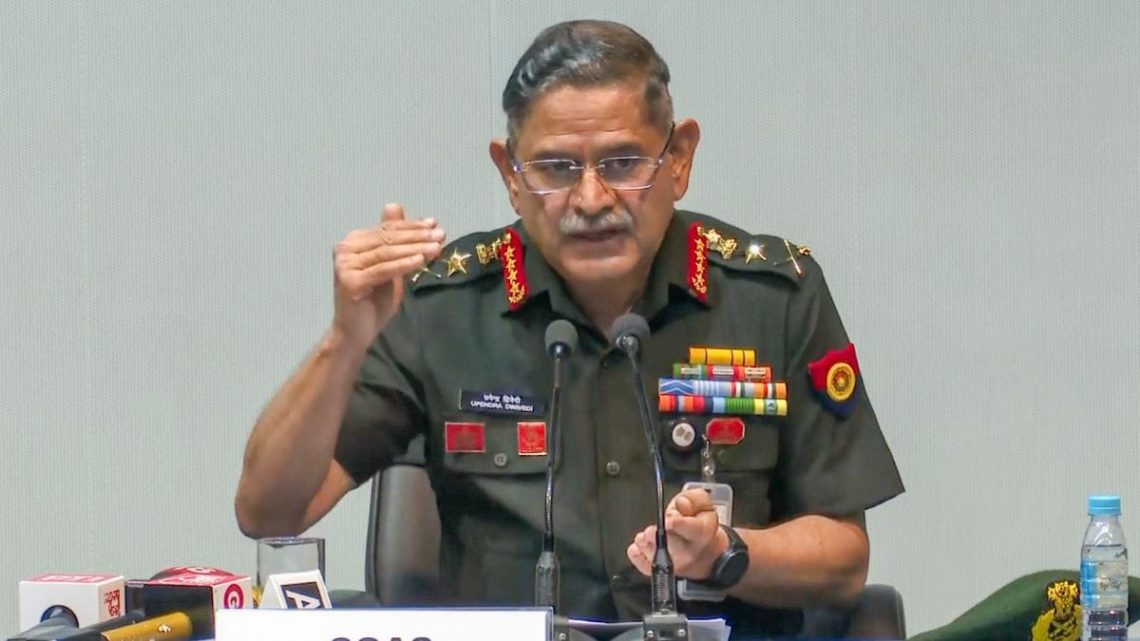Indian Army chief General Upendra Dwivedi has said that patrolling and grazing has restarted in contentious areas along the Line of Actual Control (LAC) in Ladakh, the de facto India-China border.
Dwivedi further said that while the situation at the LAC is stable, it continues to be sensitive.
Dwivedi was speaking about the India-China border stand-off that Chinese incursions triggered in 2020. In October 2024, after four years of stand-off that witnessed several rounds of skirmishes, including battles at Galwan Valley in which 20 Indian soldiers were killed, India and China reached an agreement to disengage partially at points of contention. The broader de-escalation in the region is yet to take place.
Speaking at a press conference, Dwivedi on Monday (January 13) said, “The situation is sensitive but stable. Patrolling and grazing in traditional areas has started in Depsang and Demchok in eastern Ladakh.”
On the broader situation in the region, Dwivedi said that the focus remains on improving infrastructure in the border region.
Dwivedi further said, “Our deployment is balanced and robust; we are capable of handling any situation.”
While the specifics of the agreement have not been made public, it has been reported that coordinated patrolling has been restored in Demchok and Depsang in eastern Ladakh. Moreover, China’s patrolling has also been reinstated in India-controlled Yangtse in Arunachal Pradesh’s Tawang.
While progress has been made in these two areas, patrolling remains halted in other regions where disengagement was completed in 2022 and buffer zones were created. These areas are Pangong Tso, Galwan Valley, Patrolling Points 15 and 17A in Gogra Hot Springs area.
Link to article –
Patrolling, grazing have restarted, situation stable but sensitive at LAC: Army chief
